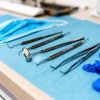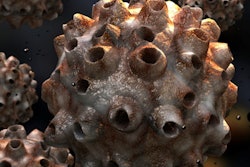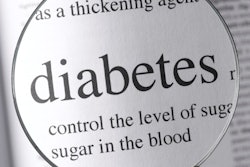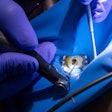Dear Hygiene Insider,
Children with autism experience fewer caries and decayed, missing, and filled teeth than their neurotypical peers, according to the findings of a new study. However, these children are prone to other oral health issues, including bruxism, dental anxiety, and soft-tissue trauma. Read more in our Insider Exclusive.
Continuing with pediatric issues, a 20-year review reports that two-thirds of children and adolescents with type 1 diabetes have dental caries. The study authors recommended screening these patients for early signs of caries and offering preventive treatment during their examinations.
You probably tell your pediatric and adolescent patients to brush and floss more, but a lack of oral hygiene isn't the only reason they may have bad breath. A new study found that a specific salivary enzyme, β-galactosidases, is linked to bad breath in this age group.
Also in the Hygiene Community, updates to periodontitis and peri-implant disease classifications can help dental professionals improve the care of their patients, according to Dr. Søren Jepsen, PhD. Dr. Jepsen spoke about how the updated classifications can facilitate the use of precision medicine in dentistry in a presentation at the 2019 ADA FDI World Dental Congress.
Finally, in other congress news, Dr. Pamela Maragliano-Muniz spoke with us about how new technologies can lead to improved patient engagement and greater productivity at practices. Dr. Maragliano-Muniz cited the example of using a fiber-optic transilluminator during a hygiene visit to allow a practitioner to get a closer look at a tooth.



















